"I'm trying to play with objects or elements that destabilise our linear perception of the world" - Anna Parkina
Some new photo-collages, inspired in part by Anna Parkina's recent show at Wilkinson Gallery:
I find Parkina's drawing and collage works mesmerising. There is so much movement in each frame: impossible to grasp, or to describe in words at all adequately, images elude the eye. Picture planes are flattened – foreground and background are woven together in abstract, rhythmic patterns. Photographic details (fragments of narrative) emerge and at once recede again, dancing in and out of the page like an Escher design. Although, or more likely because, my own collage works are tight and precise I am drawn to the rough edges in Parkina's – the slight rips and tears where her blade has slipped, the bumps and creases caused by the paint- and glue-dried paper.
Like Justin Hibbs' architectural studies (another inspiration), Parkina's photo-montages confuse or conflate real and imaginary space; and draw attention to the flatness of the photographic image.

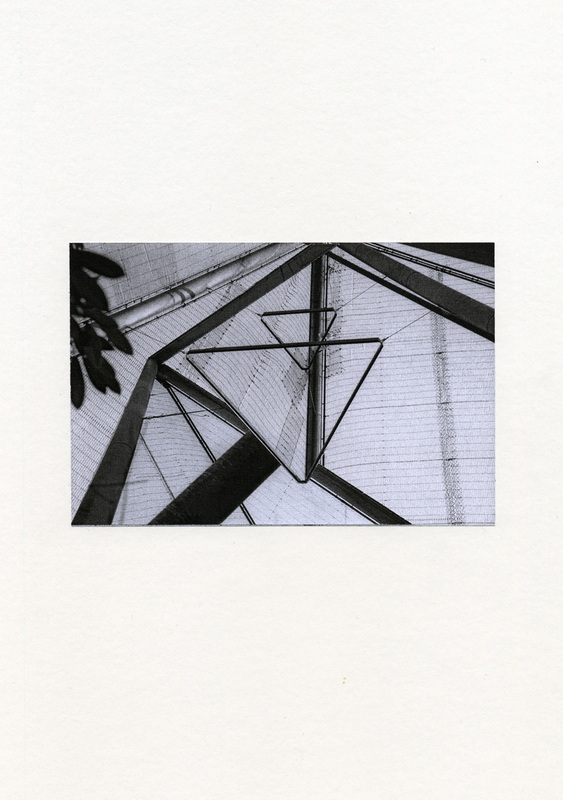
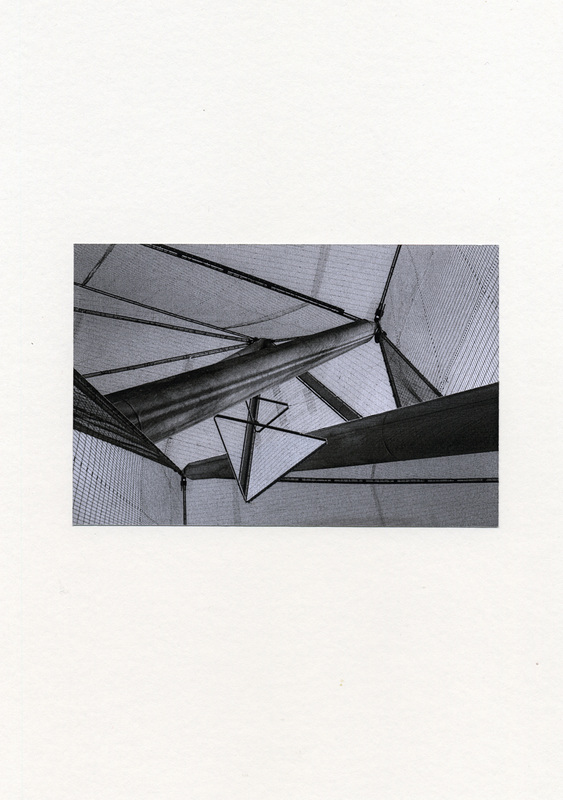
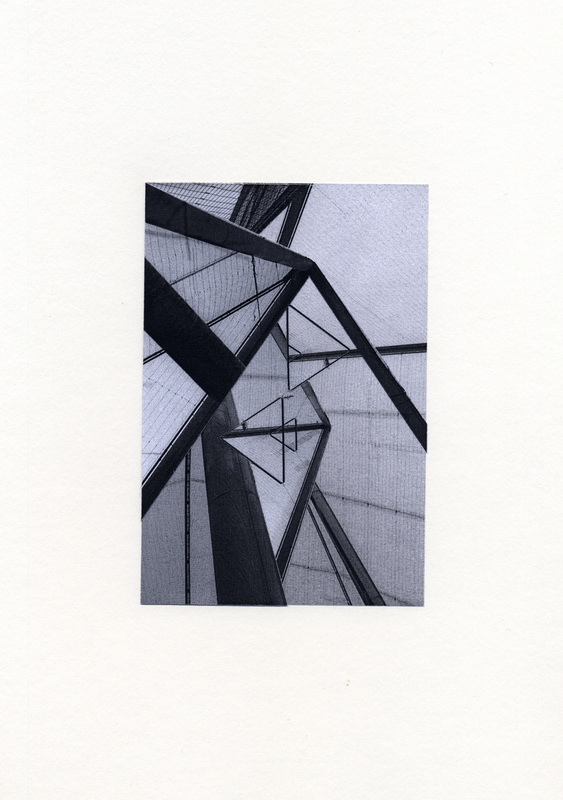
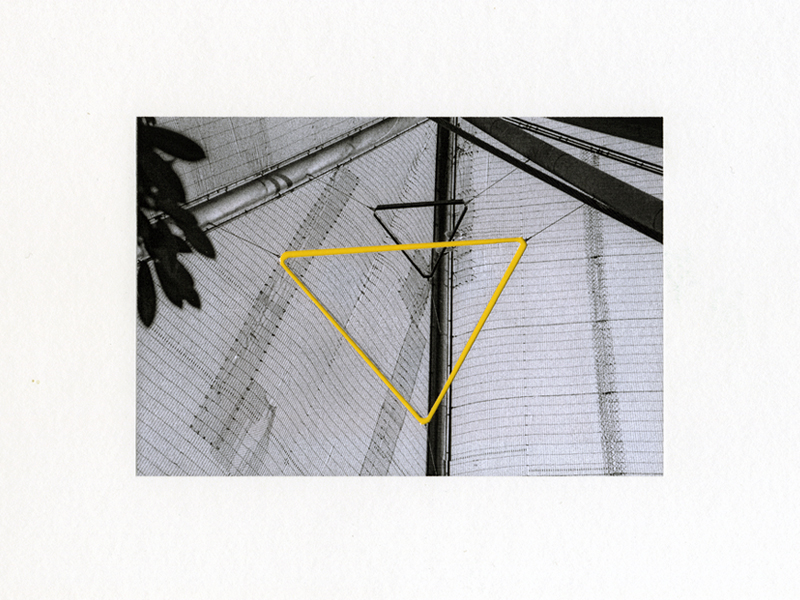
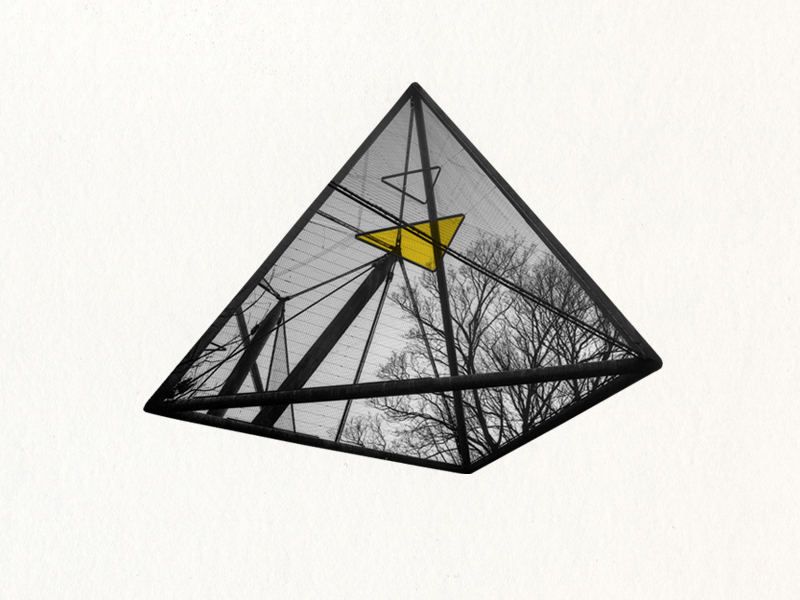
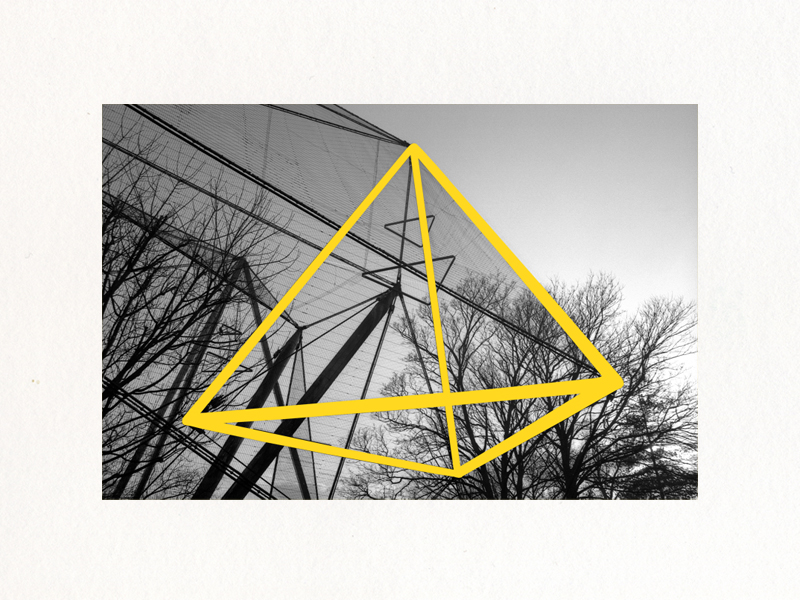

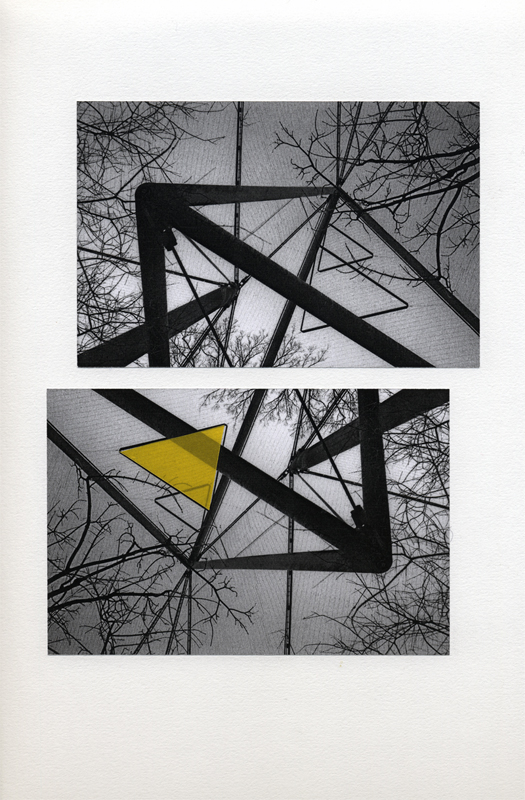
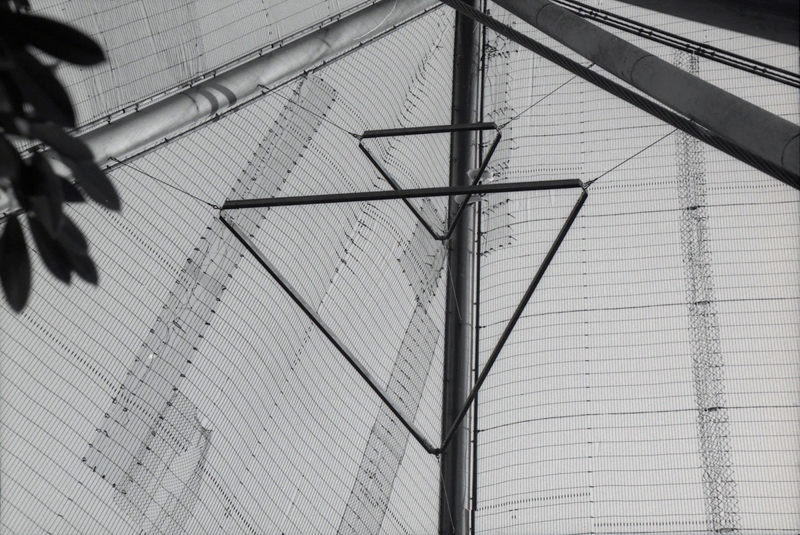
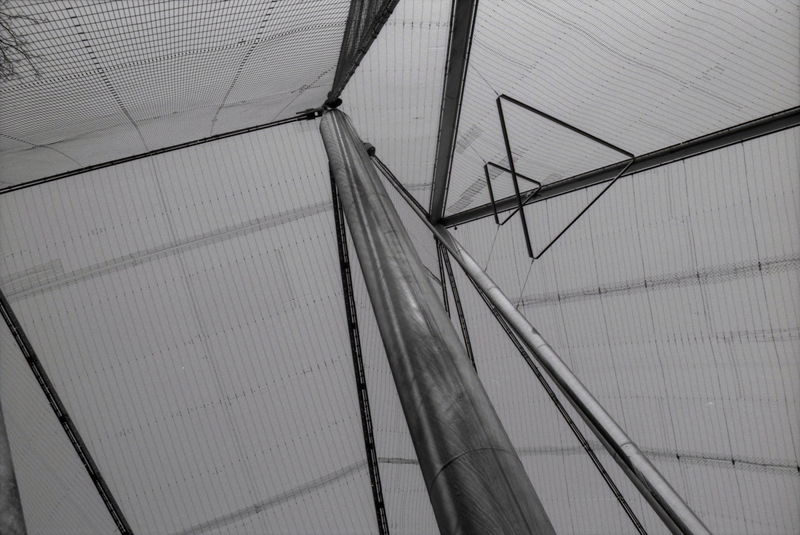
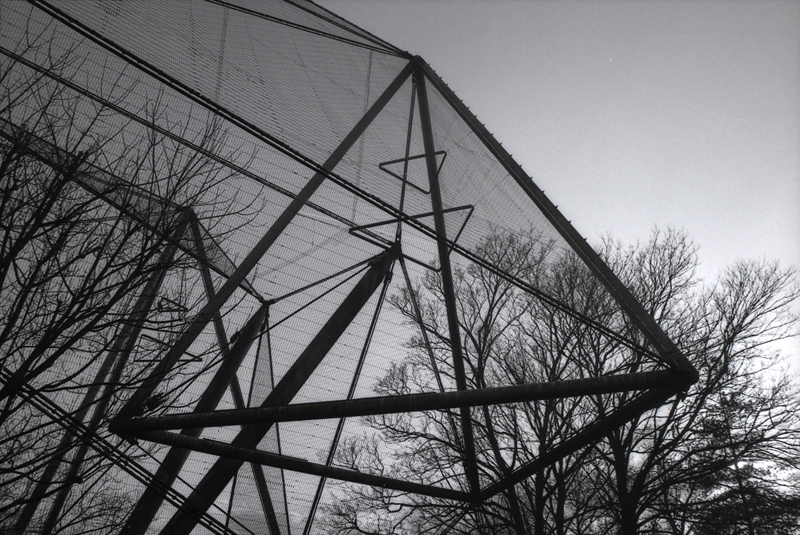
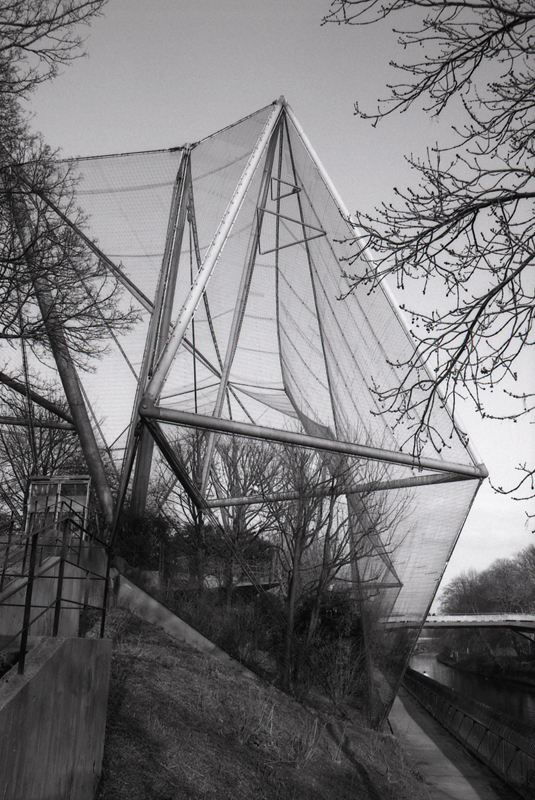
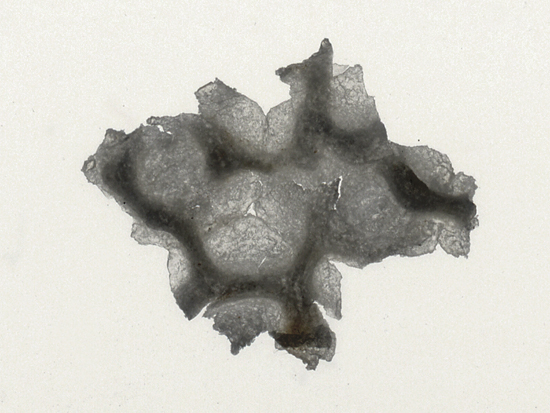



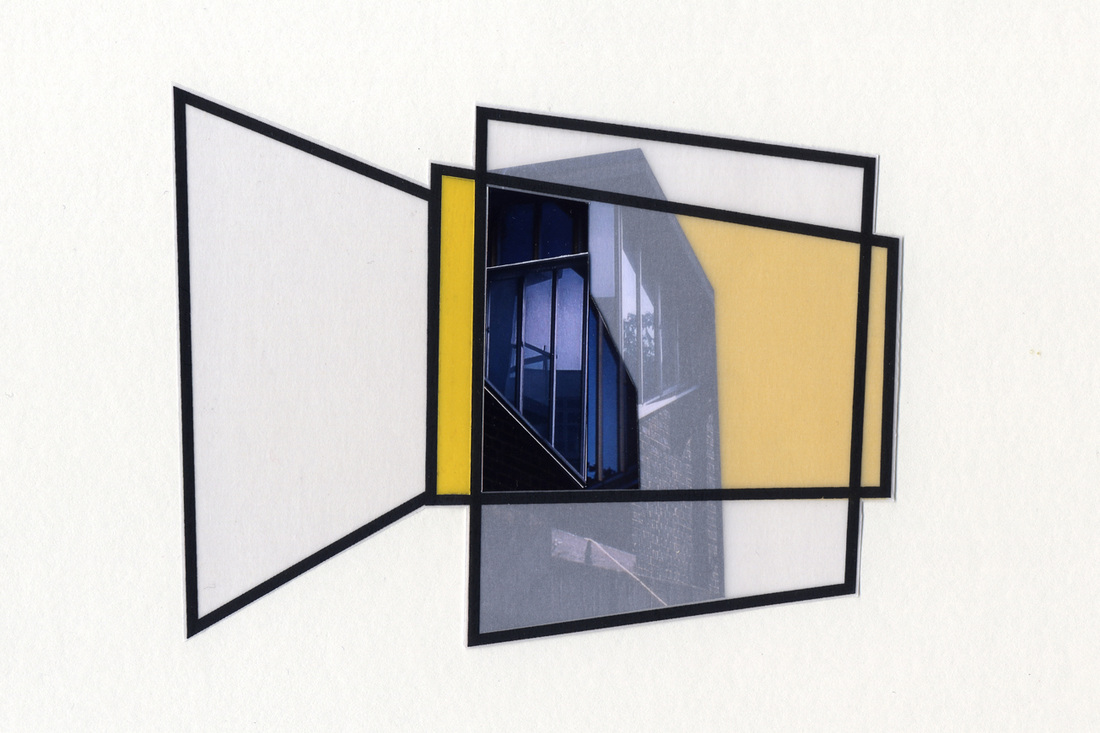
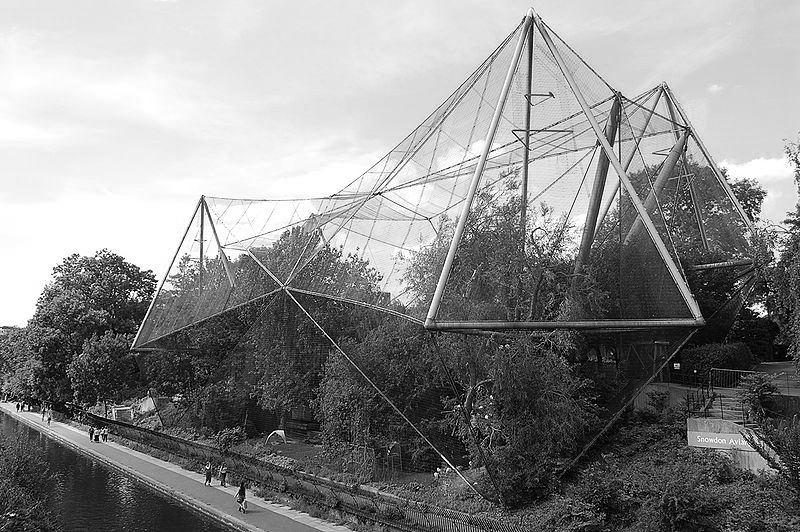
 RSS Feed
RSS Feed
